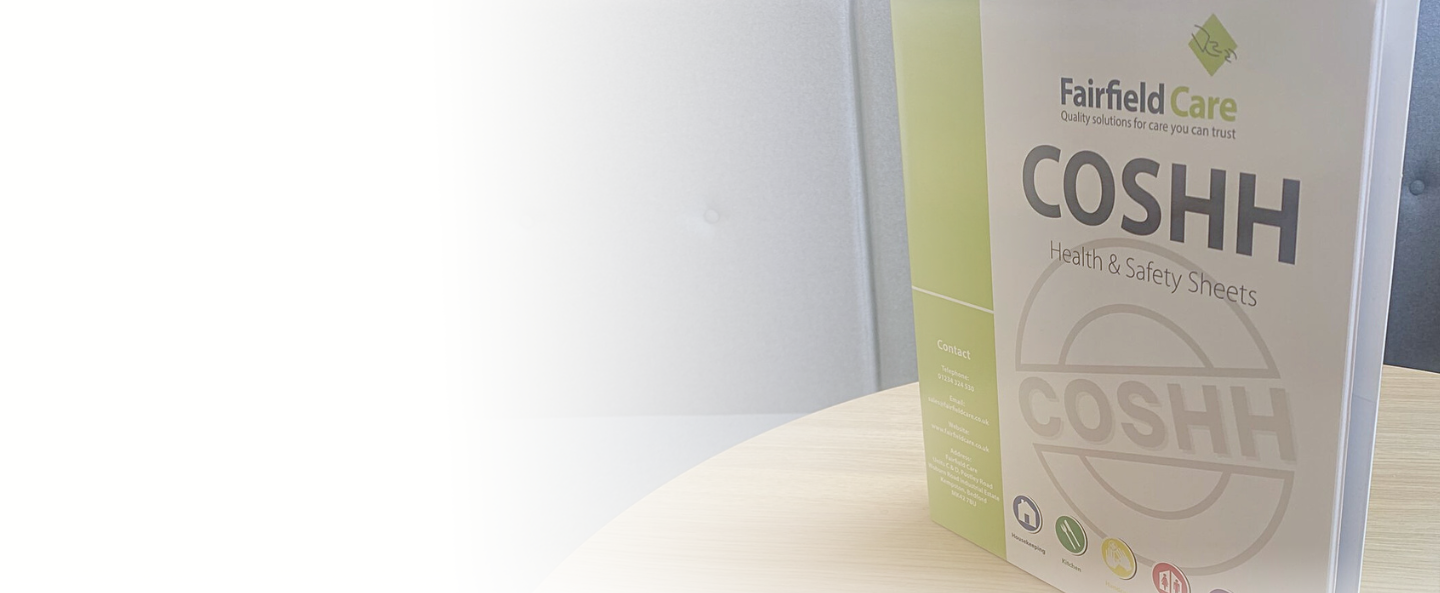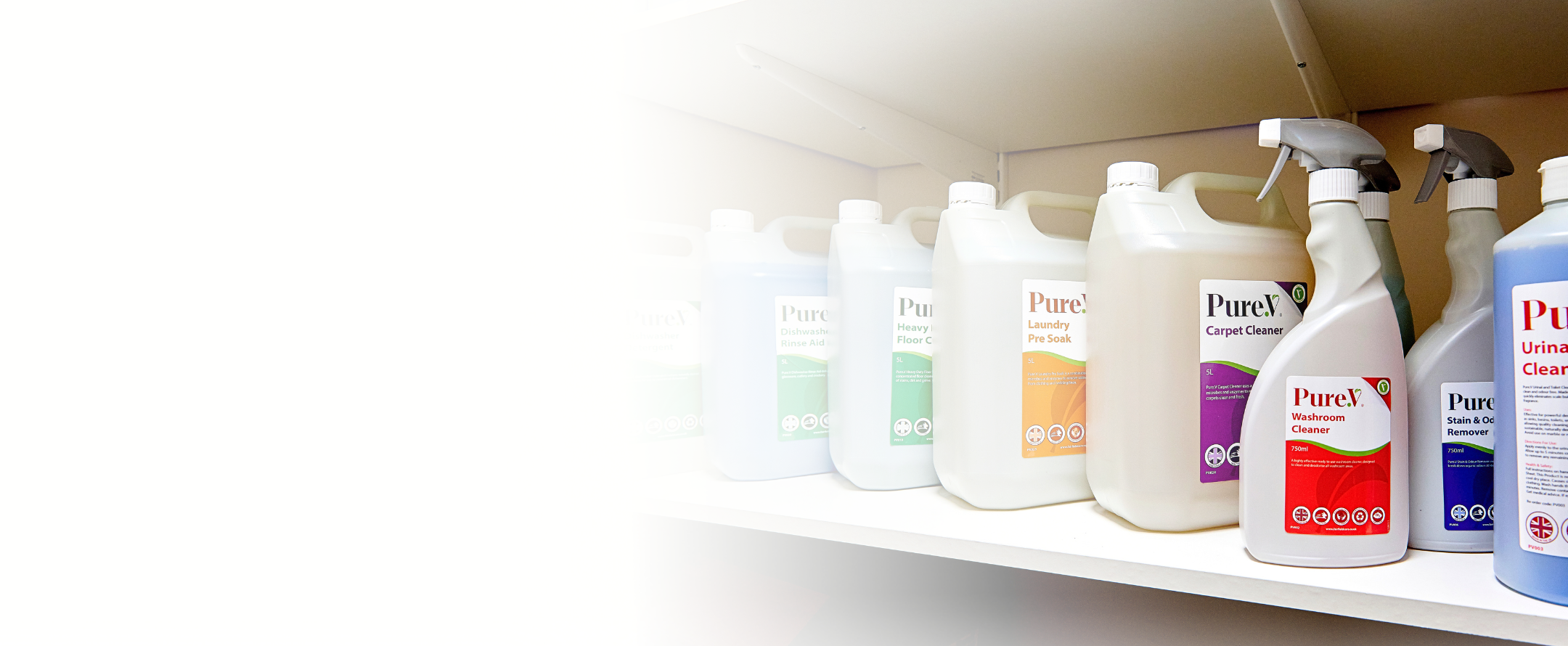In care homes, efficient supply management is crucial to providing residents with high quality care and support. Effective management of care supplies and equipment not only saves costs but also has a direct impact on resident well-being and staff productivity.
In this article, we will delve into effective strategies for enhancing supply management in care homes and establishing a well-organised and efficient system.
Comprehensive Inventory Management
Establish a robust inventory management system to keep track of all supplies, from medical equipment to toiletries. Regularly update the inventory, categorize items, and implement a labeling system to quickly identify products and their expiration dates.
Data-Driven Forecasting
Use historical data to forecast supply needs accurately. Analyze the patterns and trends in consumption to accurately anticipate future supply needs, minimizing the likelihood of shortages or unnecessary inventory.
Automate Reordering Processes
Implement an automated reordering system for supplies that are frequently used. Set up alerts or triggers that automatically generate orders when stock levels reach pre-determined thresholds. By embracing automation, the risk of oversight is minimised, and a constant supply is guaranteed.
Streamlined Purchasing
Establish a centralised procurement process to streamline purchasing. Assign a dedicated individual or team to oversee supply orders, engage in supplier negotiations, and oversee contract management. Centralising these responsibilities improves purchasing efficiency and avoids duplication.
Supplier Collaboration
Build strong relationships with suppliers to foster open communication and collaboration. Regularly communicate supply needs, quality expectations, and delivery schedules. Establishing a strong rapport can lead to more favorable terms and better service.
Uniform Supplies and Equipment
Implement a standardised approach to the selection and use of supplies and equipment within the care home. This simplifies the management of inventory, decreases the number of suppliers involved, and facilitates the ability to make bulk purchases, resulting in potential cost savings.
Regular Audits and Reviews
Regularly perform inventory audits to uncover any inconsistencies, closely monitor expiration dates, and promptly remove any outdated or obsolete items. Regular reviews help maintain accurate records and ensure that resources are allocated efficiently.

Technology Integration
Invest in supply management software or purchasing portals that offer features like automated reordering, real-time tracking, and reporting. Technology can streamline processes, improve accuracy, and provide valuable insights.
Staff Training and Accountability
Train staff members on the essential protocols of supply management. Assign clear responsibilities for monitoring and replenishing supplies, and hold staff accountable for accurate record-keeping.
Effective supply management is the key to running a care home successfully.
By implementing these strategies, care homes can elevate the level of care provided to residents, allocate resources efficiently, and establish an organized and efficient environment that benefits both residents and staff.
.png)


